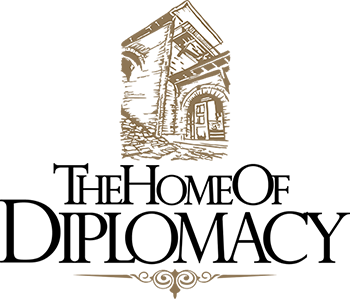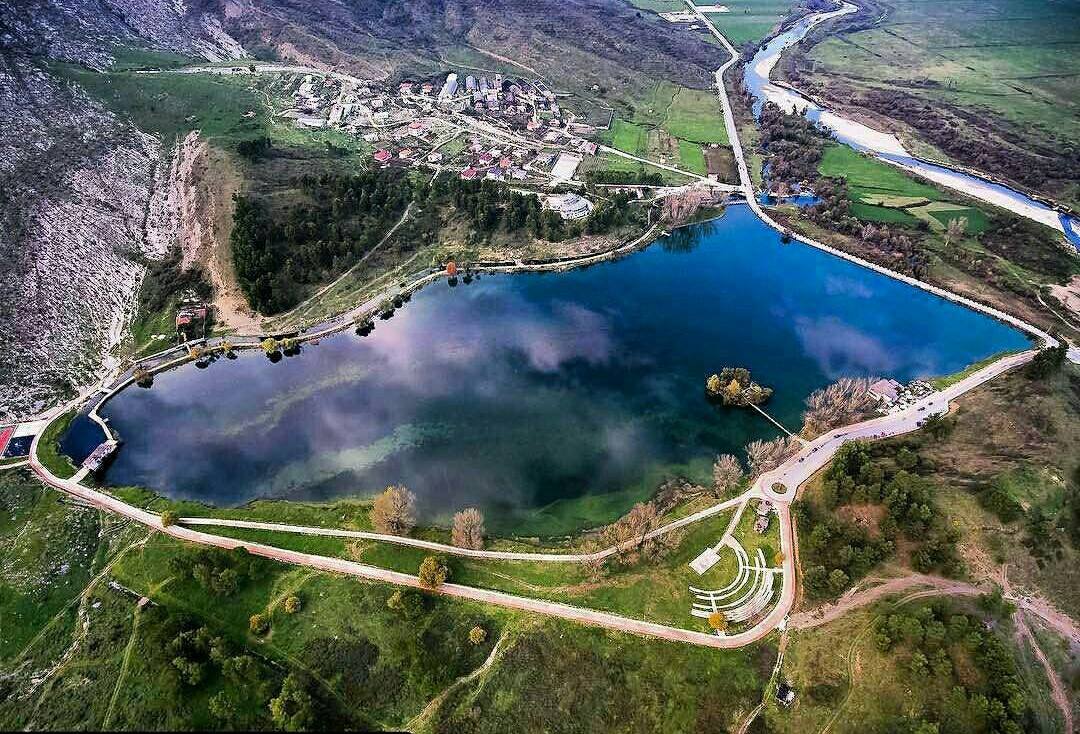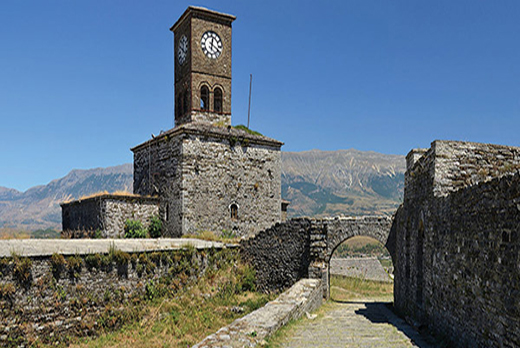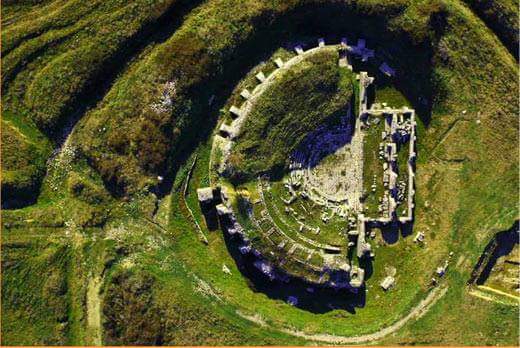Tours and sighting around Gjirokaster
An archaeological site is located near town at a distance of 15 km, called Antigens (Archeological Park of Antigonea), a Hellenistic city. It was a famous city in antiquity, dedicated by Pyrrhus to his wife, Antigone. What’s more, the impressive ramparts, approximately 4 km in length, enclose within them, an area of 450 acres.
The distance we have to travel in order to arrive at Melanie Tekke, a place with a beautiful view, is a 30 km distance in direction to the villages Glina and Vllaho Goranxi. These villages constitute a holy place for Muslims, where visits are taken place during their religious celebrations. Once, there was a Byzantium temple, which had been converted into Tekke after the Turkish onslaught. Today, its current form was given by Baba Ali i Gjirokaster in 1800.
Inquiry form
A relaxing walking in the lake Virua for a pick nick, coffee and food is highly recommended by car or on foot! The distance isn’t very long- about 4,5 km away from the city center. It’s really worthwhile to rest for coffee at a small village, Andon Poci and visit a small fortress, Kalaja e Tavanite.
You should also try to have a rest at Ui i Ftot in order to taste the local products of the region and after a while why not drink some coffee at the fortress, Keshtjella e Tepelenes. The view is magnificent because you can see the statue of Ali Pasa and the river delta of Drinos and Viosa.
Heading south on the main road network of the country, we come across with the region which includes all villages (total 34). Left and right of the road and along the Valley of the River (Drino) till the Greek borders, Dropoli (Dropull) has been recognized by the Albanian State as ‘ Greek minority zone ‘. It is worthwhile visiting some of them, walk the streets and to navigate the landscape and the Pelias stone houses and churches.
Arriving at the Jiorgucat village, you can find the exit to Sarande (Άγιοι Σαράντα). Near the exit, you’ll find a sign “Syri i Kalter”. It’s about a natural park with a fountain with crystal clear blue waters. Next stop Bistrica; a small village with a micro hydroelectric power plant. After 60km, you’ll reach to Sarande, where you can enjoy your coffee-ice-cream or food near the beach. The beaches of Saranda and especially those in the vicinity of the village Examil (Ksamil) are considered the most beautiful of the country. A little farther south you find an important archaeological site of the ancient city Boythroto (Butrint). The ancient city is becoming an increasingly popular tourist destination, attracting visitors from the nearby Greek island of Corfu, and other parts of Europe and Albania.
If you head towards the direction East natural park (Natyror Parku Zhej) at 1500 meters altitude, you will see the plain (Fusha e Cajupite – Zagori). Heading south, the road is unpaved but worth it to continue in the village (Nderan) you will find the Church of St. Nicholas, from here there is a path (if you want to walk and a little) that leads to the monastery of Nibanit (Manastiri i Nivanit).
Continuing the dirt road just before you get to the village (Sheoer), you’ll find on your right the source of Seperi (Bambulli i Sheperit) and the Church of Agia Paraskevi, as well (Kisha e Shen Premtes).
Heading to the village (Polican), we’ll find a spring, called Burimi i Bonifikimit and the Seperi Lake (LIQENI I SHEPERIT). Reaching up to the village, we’re going to admire a church that is dedicated to Virgin Mary’s memory (Kisha e Fjetia e Hyjlindeses Marie) and the Holy Trinity’s chapel (Kisha e Trinity). Visiting the Byzantium church at the village Labove is highly suggested (Kisha e Laboves se Krykit). The Church of the Panagia in Lampoboy of the cross which celebrates the Nativity of the Theotokos (September 8) is one of the most important Byzantine churches that have survived on the continent. The style of the dome and the nave, refers to the end of the Middle Byzantine Period (8th – 12th century) and later additions of the narthex, the belfry and the chagiatioy. According to tradition, the Church was built by Byzantine Emperor Justinian (6th century.) who gave the church a piece of Holy Wood (from the cross Christ was crucified).
Last stop at (Libohove), it’s a must to climb up to the castle, walk to the square and drink a cup of coffee under the four-centuries tree. This daily trip is highly recommended and is about 125 km.





